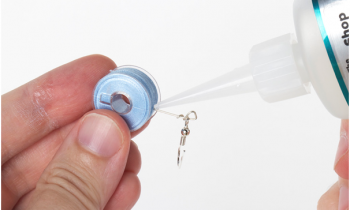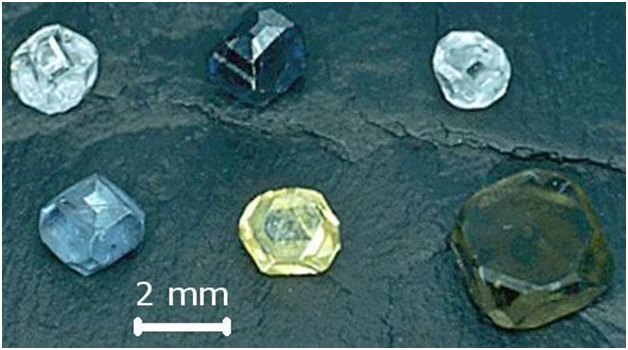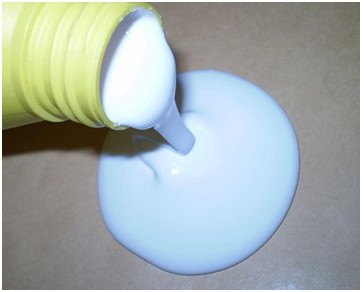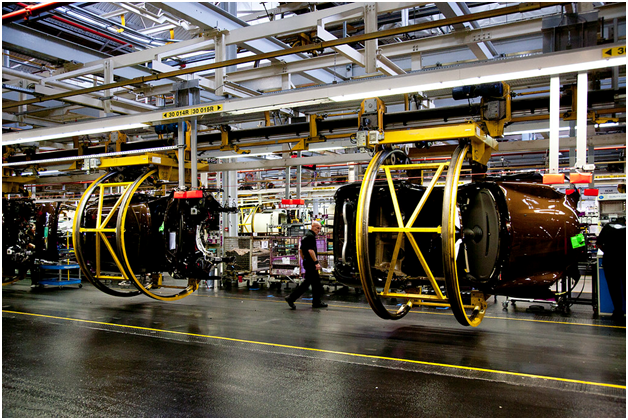Glues differ in many ways; for example, some set quickly and some slowly, some are runny and some gelatinous, some respond to heat and others do not, and some are flexible and others brittle. They work with different substrates, such as wood, glass, metal, and fabric, and resist forces differently. The ideal glue for any given job is often unique, which is why manufacturers offer a vast range. Let’s take a look at six widely-used adhesives.

Image Credit
Polyurethanes
Polyurethanes are widely used in manufacturing because they are versatile; however, they have serious flaws. Dangerous fumes are emitted by polyurethane products, both in our homes and in landfills. Moisture, sunlight and chemical contact all cause the bonds to decay and fail after a period of time.
Superglues
Cyanoacrylates bond quickly to a range of substrates, including human flesh; for this reason, they are hazardous to use. Some types are runny and contaminate surrounding surfaces. Viscous types are available but hard to spread. They are not suitable as a metal bonding adhesive because bonds are brittle and can fail catastrophically.

Image Credit
Hybrid polymers
Hybrid polymers are a versatile new product that excels as a metal to metal adhesive. They cover well and work happily with mixed substrates, such as wood to metal, metal to glass and glass to rubber. They can even be sprayed as a sealant. They have an optimum degree of flexibility and rigidity and excellent environmental resistance.
Epoxies
The setting speed of two-part epoxies can be adjusted for a range of applications. They are great gap fillers and set very hard; however, joints can still be undermined by dampness and can fail catastrophically under the impact, especially on metals.
Polyvinyl acetate
PVA is sold as craft glue, fabric glue, and wood glue. It can be white or yellowish but sets almost clear. It mixes with water, so can be thinned as a sealant; however, it has poor water and damp resistance. Some types are suitable for outdoor furniture, but never in boat building. PVA is unsuitable as a metal bonding adhesive and has poor adhesion to plastics, glass, and ceramics.
Hot polymers
Hot melt adhesives are widely used in manufacturing and in adult hobby crafts. The need for heat and applicators is a big disadvantage. They are great for gap filling but the bonds are neither stiff nor high strength.









